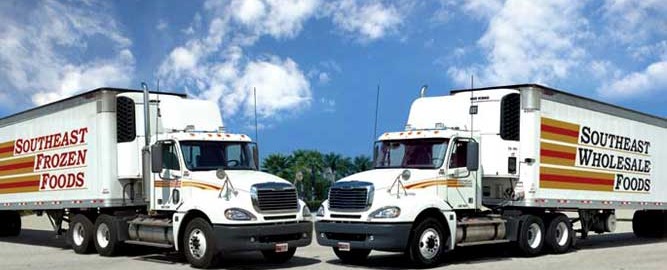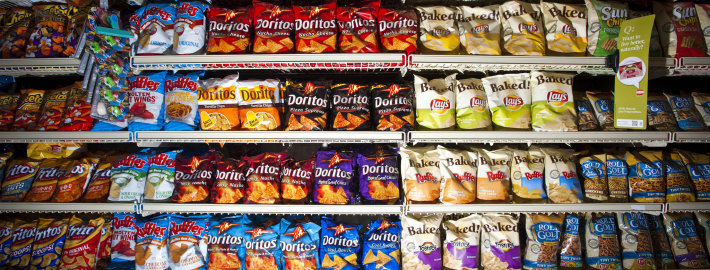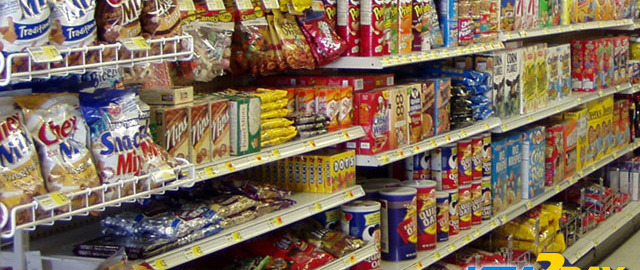Top 10 Food Distributor Associations – Wholesale Grocers
Top 10 Food Distributor Associations – Wholesale Grocers
A large percentage of wholesale distributors and dealers who supply and distribute products to convenience stores across the nation generally deal with a wide variety of convenience products besides food and beverages. Besides helping manufacturers get their products into grocers, convenience stores and markets they also work as partners for these retailers to get them new and innovative products which can help increase their clientele and profits. Before launching a food brand on a national level, manufacturers generally take the view of local markets and launch it on a small scale.
Once steady demand for a food product builds up, the manufacturer takes the next positive step forward to launch it nationally. This is a tedious exercise as the manufacturer would now have to search for an ideal distributor/dealer/agent/broker who can market the product in a profitable manner through a series of presentations and discussions about profit sharing, marketing and promotions. Instead of meeting each retailer or wholesaler to sell your product the best alternative is to make a presentation before their association members and let them gauge if your product is the next rising star on the horizon among food products.
Just as retailers and wholesalers in different locations around the nation have formed formal associations to protect their interest and manage common problems, distributors and agents also have their traders groups. While some specialist food product groups work only with food and beverages in different parts of the nation, general convenience store wholesalers distribute several products to few convenience store chains and the profits earned are sufficient for them to expand beyond a certain limit. These associations work as non-profit self- help groups and assisting wholesaler-distributors to streamline operations by having an efficient distribution channel which enables benchmarking products and networking to sell products through strategic partnerships.
American Wholesale Marketers Association
This is an international organization of traders working with convenience store distributors within United States and has an annual turnover of $85 billion. Its members include people from product, distribution and retail sector who are integral to convenience store business. Convenience store owners, distributors and manufacturers come here to understand regulations related to production, distribution and storage of all categories of convenience items ranging from candy, tobacco, snacks, beauty products and general merchandise.
National Association of Wholesale Distributors
Regarded as the largest associate body of wholesale distributors in the nation it is also a powerful influencing agency of government regulations related to wholesale supply business. Besides ensuring smooth transition of new regulations related to staff healthcare, product quality and business development. The association was setup in 1960’s to protect rights of manufacturers and distributors in the food services industry. It works with new manufactures to launch their products among retailers by bringing them together with member’s wholesaler suppliers who can carry forward their goods to right retailers and target customers.
Northeast Wholesale Food Distributors Association
This dynamic group is concentrating on fulfilling requirements of citizens in the North East region and works with distributors, wholesalers, manufacturers, retails and brokers in the food distribution industry. Regarded as one of the oldest food traders association as it was established in 1875 its main purpose is to remove bottlenecks in food distribution support new products.
National Grocers’ Association
This national level trade association represents both retailers and wholesale grocers’ which are not part of a large chain of stores. Though a few of these firms are traded a majority of them are still owned by families which carry out both management and distribution work by themselves. The members of this association operate varied sizes of stores and are an important part of the community where they carry out their business due to their long term association with people in the area. The independent grocers group last year generated nearly $130 billion in sales last year.
National Poultry and Food Distributors Association
The association was built in 1967 to bring together distributors and processors’ in dairy and poultry industry by setting up a forum. If your product is in this category get in touch with them as the association always works towards fostering long term relationships. For the past 40 odd years the association has worked distributors and retailers to improve supply logistics of food products and ensure that they reach consumers in time. Manufacturers use the association’s convenience store directory and database to make meaningful contacts with retailers and offer discounts to improve profit margins.
International Food service Distributors Association
The group evolved with food service distribution and restaurant industry and has been growing since 1980 by providing mass market food products to reduce hunger in the nation. The association consists mainly of family owned businesses and the modern distribution operations of food products use temperature protected zones for preservation of these products during storage. Manufacturers bring in their produce every morning which is then divided up according to location and sent for delivery early next morning. The association has nearly 15000 members which either own warehouses or transportation fleets serving between 1000 – 6000 convenience stores from one warehouse.
Food Processing Suppliers Association
This traders association was created in 2005 to merge the powers of Food processing machinery groups and Association of Food Industry suppliers. It was made to help each member find their niche in food processing and distribution industry and compete on an equal level with others. All the members of the association are in the field of food processing, dairy goods supply, meat and beverages.
Food Ingredient Distributors Association
Established to bring professionalism and steady growth into food ingredient industry it has formulated standards for storage and distribution of food ingredients. Besides enabling spread of new ideas and distribution channels across the supply chain, the association also protect members’ business interests wherever required.
American Commodity Distribution Association
Committed to improving USDA’s mission of ensuring food for all the association works as a communication link between members of agriculture sector and government and retail sector. It works as the collective voice of all stakeholders in food processing along with food delivery and distribution industry to speak about decisions which will have a long-term impact on food distribution. The goals of this association include better undertaking of issues that plague the food processing industry.






